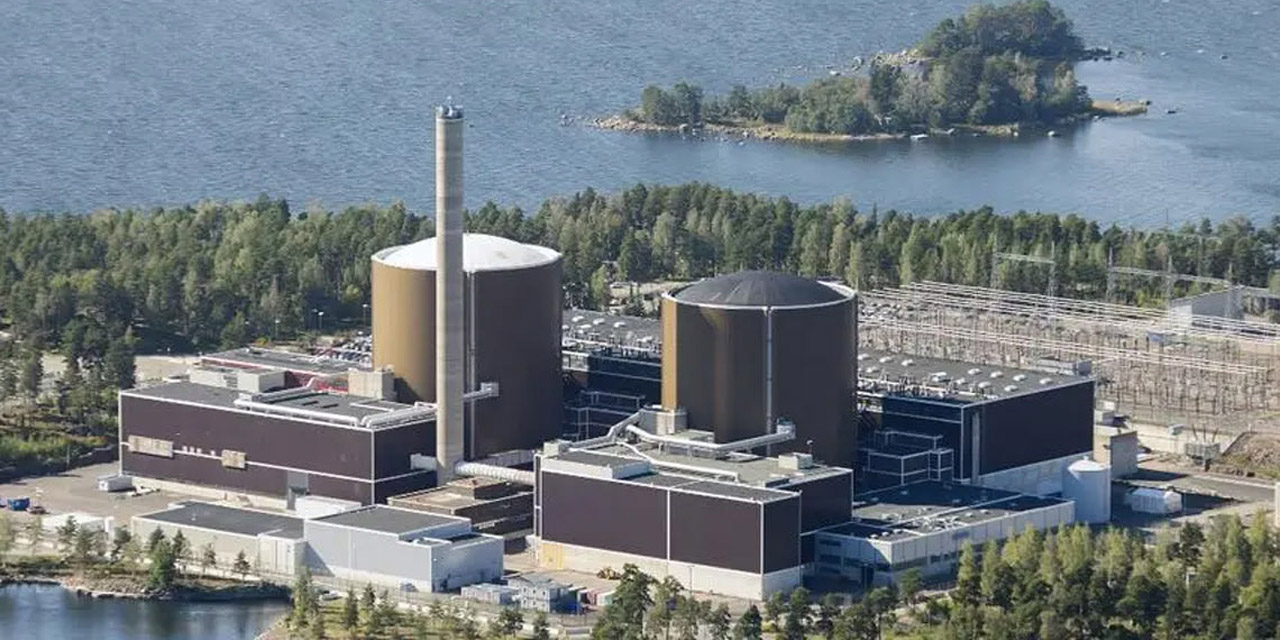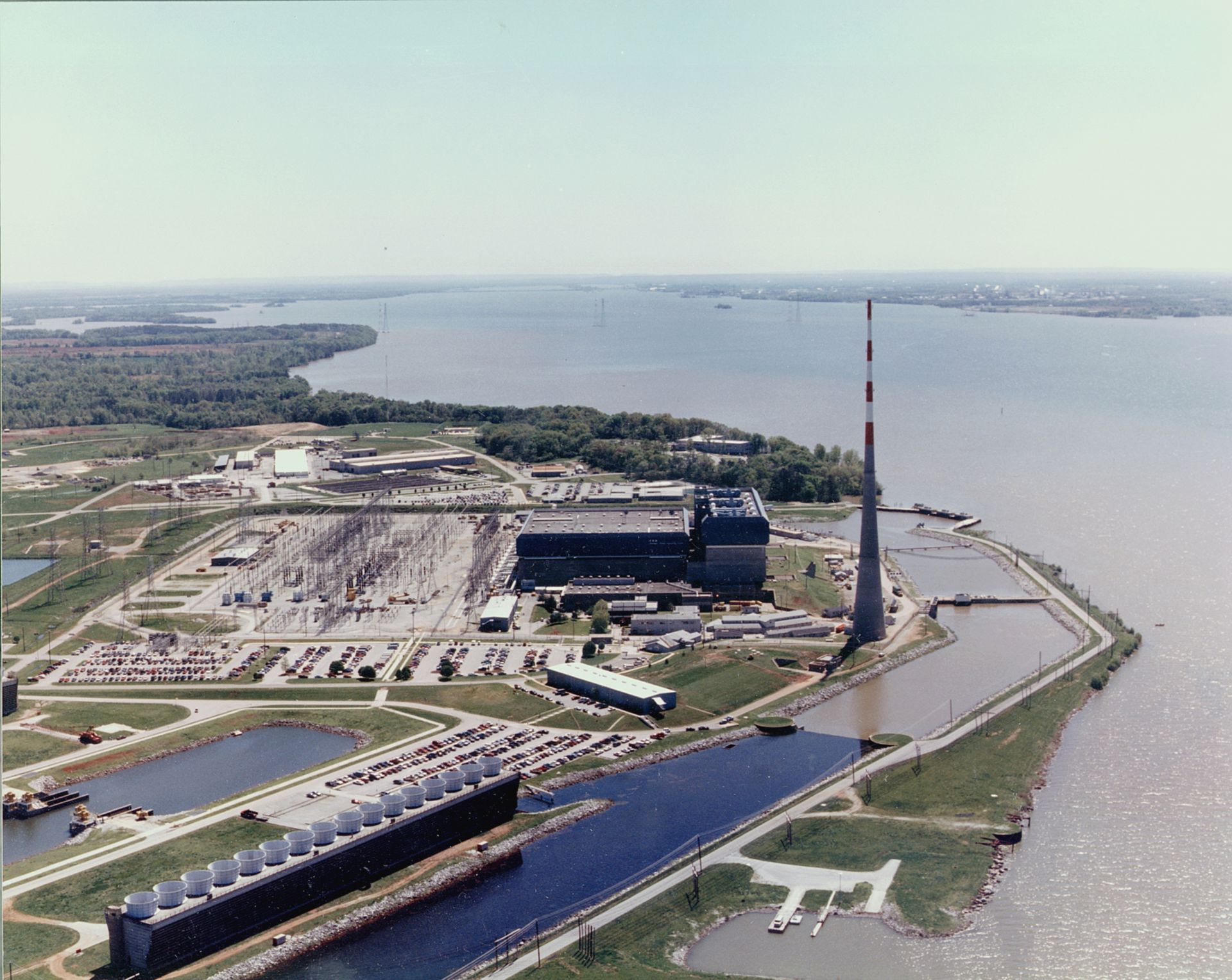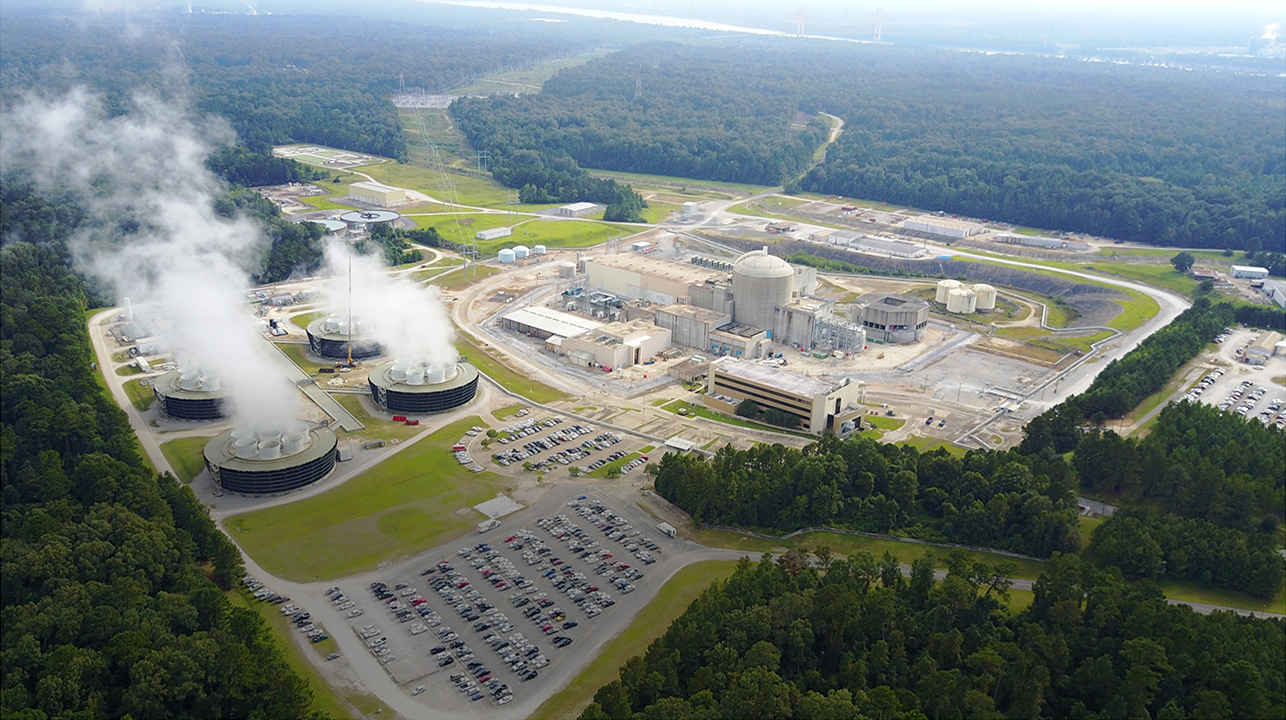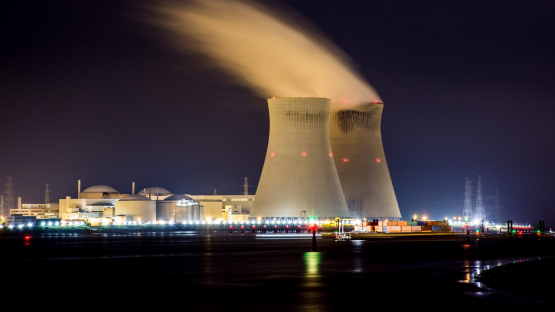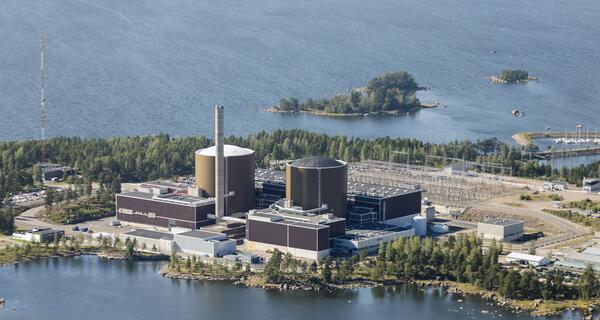Unit 3 at the Vogtle nuclear power plant. (Photo: Georgia Power)
Unit 3 at the Vogtle nuclear power plant has achieved initial criticality, Georgia Power announced yesterday. A key milestone on the way to the reactor’s commercial operation, initial criticality demonstrates that operators have safely started, for the first time, the nuclear reaction inside the unit. (Fuel loading at Vogtle-3 began last October.)
A rendering of an eVinci microreactor facility. (Image: Westinghouse)
Westinghouse Electric Company has filed a notice of intent to submit key licensing reports for its eVinci microreactor to the Nuclear Regulatory Commission and Canadian Nuclear Safety Commission for joint review, the firm announced last week. (The two nuclear regulators signed a memorandum of cooperation in August 2019 to increase collaboration on the technical reviews of advanced reactor and small modular reactor technologies.)
From left, Westinghouse Energy Systems president David Durham, Polskie Elektrownie Jądrowe president Tomasz Stępień, and Westinghouse Poland president Mirosław Kowalik sign a contract on February 22 to advance Poland’s nascent nuclear energy program. (Photo: Westinghouse Electric Company)
State-owned Polish utility Polskie Electrownie Jądrowe and U.S.-based Westinghouse on February 22 moved a step closer to their end goal—the deployment of multiple AP1000 reactors in Poland—with the signing of a contract covering front-end engineering, early procurement work, and program development.
The IAEA team of of nuclear safety, security, and safeguards experts inspecting damage last year at the Zaporizhzhia nuclear power plant. (Photo: Dean Calma/IAEA)
As the war in Ukraine enters its second year, the International Atomic Energy Agency has released Nuclear Safety, Security and Safeguards in Ukraine, an overview of the conflict’s impact on the beleaguered nation’s nuclear facilities and of the agency’s actions to lessen the likelihood of a nuclear accident.
The Loviisa nuclear power plant. (Photo: Fortum)
The Finnish government on February 16 granted a new operating license to Fortum Power and Heat Oy for its two Loviisa reactors—twin 507-MWe VVER-440/V213 units—providing them with an additional 20 years of operational life.
The Braidwood (left) and Byron nuclear power plants. (Photos: Constellation Energy)
Constellation Energy has announced that it intends to invest $800 million in new equipment at the Braidwood and Byron nuclear plants in Illinois to raise their combined output by a total of about 135 MW.
Browns Ferry: A breaker-to-breaker run. (Photo: NRC)
The Tennessee Valley Authority took Browns Ferry-2 off line February 17 for a refueling and maintenance outage, following a nearly two-year, breaker-to-breaker run—the first in the Alabama nuclear plant’s history.
According to the utility, the unit established a new record for itself with 665 days of continuous operation, producing more than 20 billion kilowatt-hours of electricity.
Vogtle Unit 3, in January. (Photo: Georgia Power)
Already for the second time this year, Southern Company has announced a delay to the expected commercial operation of Unit 3 at the Vogtle nuclear plant’s two-unit construction site. In addition, a delay to Unit 4’s startup is also possible, Southern said.
The River Bend nuclear power plant. (Photo: Entergy)
Entergy’s River Bend nuclear power plant started its 22nd scheduled refueling and maintenance outage on February 11. The plant, located in St. Francisville, La., is a 967-MWe General Electric boiling water reactor.
Belgium's Doel nuclear power plant. (Photo: N. Hippert/IAEA)
The Belgian government is exploring the idea of extending the operational life of its three oldest reactors by two years, a variety of news outlets are reporting.
Those reactors—Units 1 and 2 at the Doel facility and Unit 1 at Tihange, sporting a combined capacity of 1,852 MWe—were slated to be permanently shuttered in 2025 in keeping with the country’s nuclear phase-out policy.
The Loviisa nuclear power plant. (Photo: Fortum)
Finland’s Radiation and Nuclear Safety Authority (STUK) recently provided the country’s Ministry of Economic Affairs and Employment with a positive safety review of the Loviisa reactors, bringing the plant closer to an approval for operation to 2050.



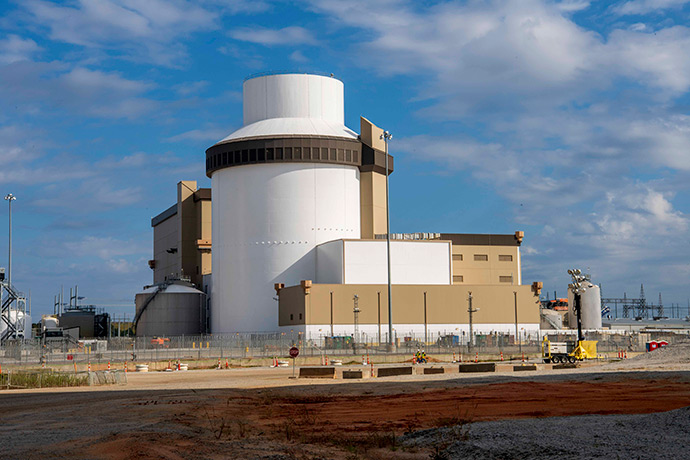
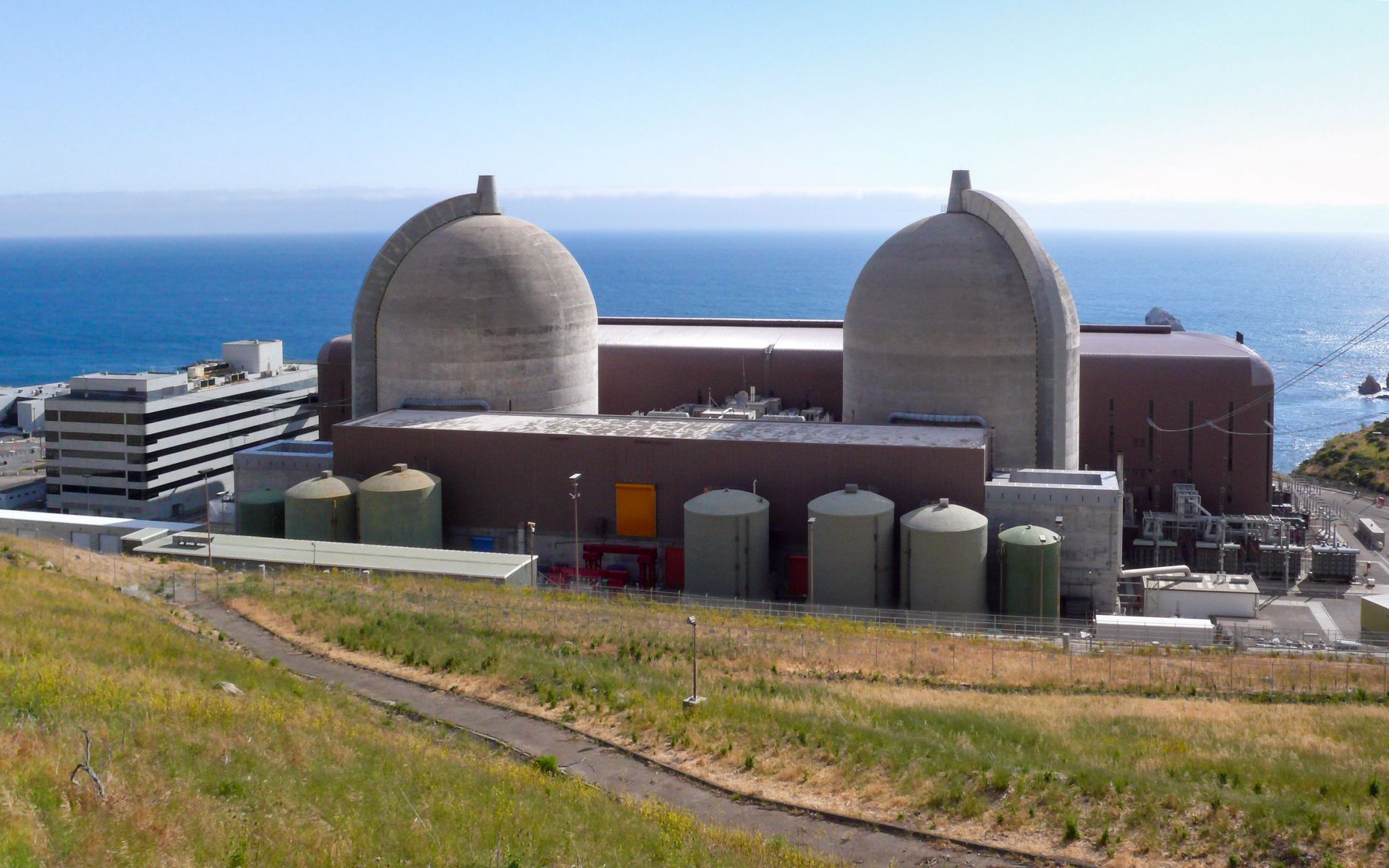


.jpg)
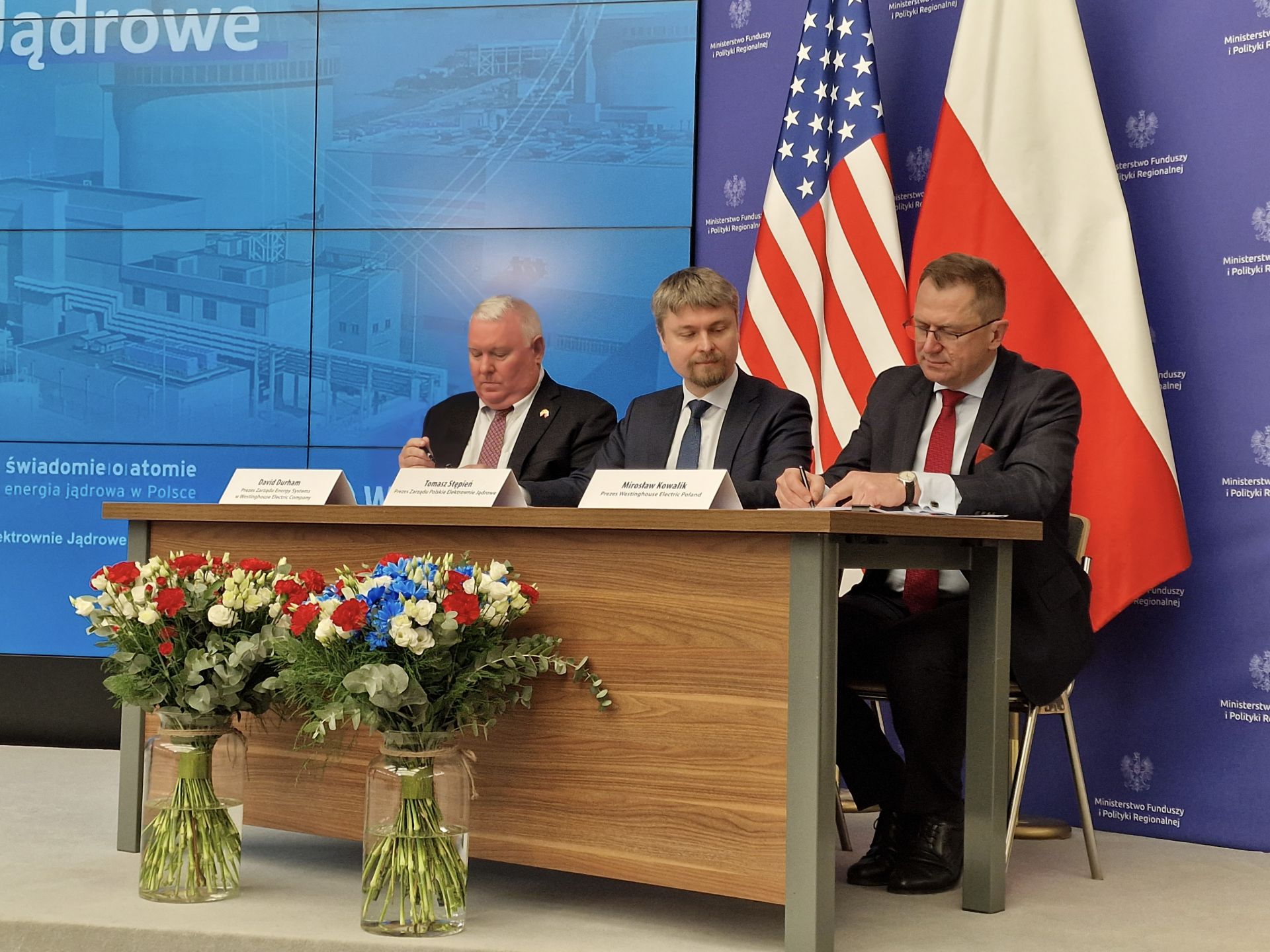
_(52340771440).jpg)
